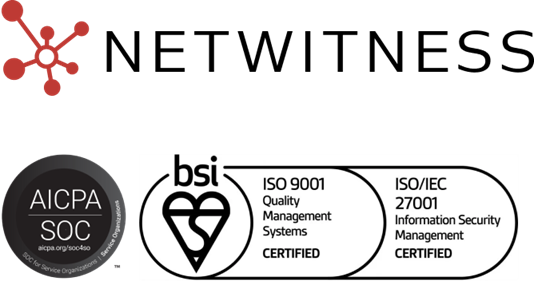What is Hybrid Cloud Security?
Hybrid Cloud Security refers to the strategies, technologies, and practices employed to protect data, applications, and infrastructure across a hybrid cloud environment. This environment typically integrates on-premises data centers with public cloud services, offering businesses flexibility and scalability. However, it also introduces unique security challenges that require comprehensive solutions.
Hybrid Cloud Security encompasses the measures taken to safeguard data and applications that span both private and public cloud infrastructures.
It involves:
- Unified Security Policies: Implementing consistent security measures across all environments.
- Data Protection: Ensuring data is secure both at rest and in transit.
- Identity and Access Management (IAM): Controlling who can access what resources.
- Threat Detection and Response: Identifying and mitigating potential security threats in real-time.
By integrating these components, organizations can maintain a secure and compliant hybrid cloud environment.
Synonyms
- Multi-cloud Security
- Unified Cloud Security
- Distributed Cloud Security
- Cross-platform Security
Why Hybrid Cloud Security Matters
The adoption of hybrid cloud models offers numerous benefits, such as cost efficiency and operational flexibility. However, without robust security measures, these advantages can be overshadowed by potential risks:
- Increased Attack Surface: Multiple environments can provide more entry points for cyber threats.
- Data Breaches: Sensitive information may be exposed if not properly protected.
- Compliance Challenges: Meeting regulatory requirements across diverse infrastructures can be complex.
- Operational Disruptions: Security incidents can lead to downtime and loss of productivity.
Implementing effective hybrid cloud security solutions helps mitigate these risks, ensuring business continuity and data integrity.
How Hybrid Cloud Security Works
Hybrid Cloud Security operates through a combination of technologies and practices:
- Encryption: Protecting data by converting it into a secure format.
- Firewalls and Intrusion Detection Systems (IDS): Monitoring and controlling incoming and outgoing network traffic.
- Multi-Factor Authentication (MFA): Requiring multiple forms of verification to access resources.
- Security Information and Event Management (SIEM): Collecting and analyzing security data to identify potential threats.
- Cloud Access Security Brokers (CASBs): Providing visibility and control over cloud service usage.
These tools work together to provide a layered defense strategy, ensuring comprehensive protection across all cloud environments.
Best Practices for Hybrid Cloud Security
To enhance security in a hybrid cloud setup, consider the following best practices:
- Implement Zero Trust Architecture: Assume no entity, inside or outside the network, is trustworthy by default.
- Regularly Update and Patch Systems: Ensure all systems are up-to-date to protect against known vulnerabilities.
- Conduct Regular Security Audits: Assess security measures to identify and address potential weaknesses.
- Educate Employees: Provide training on security best practices and potential threats.
- Monitor and Respond to Threats Promptly: Utilize tools to detect and respond to security incidents in real-time.
By adhering to these practices, organizations can strengthen their hybrid cloud security posture.
Related Terms & Synonyms
- Hybrid Cloud Security Solutions: Tools and services designed to protect hybrid cloud environments.
- Hybrid Cloud Data Security: Measures taken to protect data within a hybrid cloud setup.
- Data Security in Hybrid Cloud: Ensuring data is secure across both private and public cloud infrastructures.
- Hybrid Cloud Security Risks: Potential threats and vulnerabilities associated with hybrid cloud models.
- Hybrid Cloud Security Challenges: Difficulties encountered when securing hybrid cloud environments.
People Also Ask
1. How to secure hybrid cloud?
Securing a hybrid cloud involves implementing a combination of technologies and practices, including encryption, IAM (Identity & Access Management), MFA (Multi-Factor Authentication), and regular security monitoring. It’s essential to establish unified security policies across all environments and ensure compliance with relevant regulations.
2. What is hybrid warfare in cybersecurity?
Hybrid warfare in cybersecurity refers to the use of a combination of conventional and unconventional methods to disrupt or damage an adversary’s information systems. This can include cyberattacks, misinformation campaigns, and other tactics designed to achieve strategic objectives without traditional military engagement.




